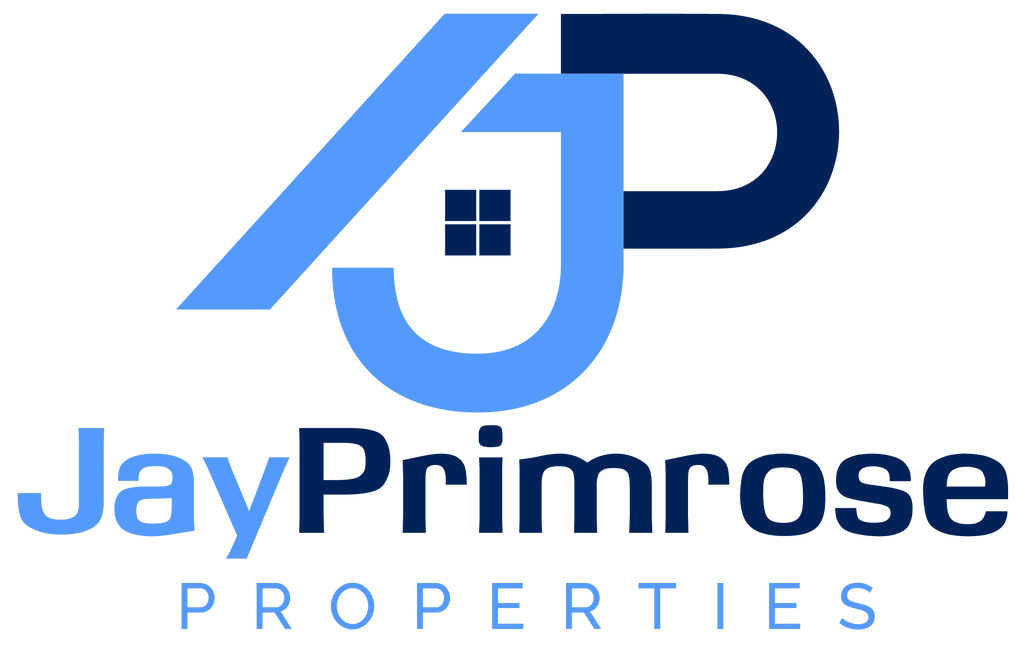
Selling a property with mold or water damage is a serious challenge for any homeowner. Buyers today expect honesty about a home's condition. If you hide or ignore these problems, you risk losing their trust and delaying your sale.
Hidden mold and water issues can become expensive headaches. They can lower your home's value and scare away serious buyers. Worse, legal troubles may follow if you fail to disclose them.
You should always clearly disclose any mold or water damage to buyers to protect yourself and keep the sale on track. This means being honest, providing written details, and answering buyer questions. Proper disclosure helps prevent future disputes.
This blog will guide you step-by-step on how to disclose mold and water damage when selling your home.
Key Takeaways
- Provide written disclosure detailing all known mold or water damage, including past incidents and repairs.
- Attach inspection reports, repair receipts, and any relevant documentation to support your disclosure.
- Clearly state the location, extent, and timeline of damage and remediation efforts on official forms.
- Share proof of professional remediation, warranties, and measures taken to prevent future issues.
- Answer buyer questions honestly and maintain detailed records to ensure legal compliance and transparency.
Understanding Your Legal Obligations
You must tell buyers or renters about any mold or water damage in your property. The law requires you to share what you know about these issues. If you do not disclose them, you could face lawsuits or fines.
Most states use written forms for these disclosures. You need to mention past or present problems, repairs, and insurance claims. Details about cleanup or fixes should also be included. Being transparent about property condition helps prevent legal complications down the line.
You should add legal disclaimers about what you know and any limits of your inspection. This protects you from future problems. If you are honest, you build trust and meet your legal duties. Cash home buyers can often purchase properties in as-is condition, making full disclosure especially important to facilitate a quick sale.
Recognizing the Signs of Mold and Water Damage
Mold and water damage can be hard to spot at first. Early signs include musty smells, water stains, and warped floors. If you notice these, there may be moisture problems.
Floors that are uneven or paint that bubbles may also show water damage. Basements, attics, and areas under sinks are often at risk. You should check these areas regularly.
Uneven floors or bubbling paint could point to water damage—check basements, attics, and under sinks for early warning signs.
Visible mold, even in hidden spots, means there is too much moisture. If you see mold, you should address it right away. Quick action helps prevent further damage and keeps your home safe.
If you catch these signs early, you can fix problems before they get worse. Early detection also helps you be honest with buyers. This protects your property’s value and reputation. Proper disclosure of these issues is essential to meet legal requirements and maintain trust with potential buyers.
Understanding proper disclosure requirements ensures you meet legal obligations and maintain trust with potential buyers.
Common Causes of Mold and Water Issues
You’ll often find that leaky plumbing and fixtures are primary sources of hidden moisture, creating ideal conditions for mold growth. Poor ventilation in areas like bathrooms, kitchens, and basements allows humidity to build up, further increasing the risk. Addressing these common issues is essential for preventing long-term water damage and mold problems in any property.
Additionally, understanding the foreclosure process can help homeowners explore options like selling or negotiating with lenders to avoid long-term financial damage.
Leaky Plumbing and Fixtures
Leaks from plumbing or fixtures can cause mold and water damage. Both visible and hidden leaks often go unnoticed for a long time. Regular inspections help you find problems early.
Check under sinks, behind walls, and around toilets for water leaks. Look for signs like dripping, rust, or stains on faucets and pipes. If you find any, repair them as soon as possible.
If you have fixed leaks or replaced fixtures, tell the buyer. This shows you have maintained the property well. Honest disclosure can prevent legal issues later.
Poor Ventilation Areas
Poor ventilation in a home can cause mold and water problems. Areas like bathrooms, kitchens, basements, and attics are most at risk. These spaces often have limited airflow and collect moisture easily.
Moist air that cannot escape will condense on cool surfaces. This creates the perfect conditions for mold and water damage. Poor ventilation also slows down drying, which can cause long-term issues.
If you are selling a home, you should point out any spots with poor airflow. Always mention signs like humidity, condensation, or musty smells. Clear disclosure helps protect you and informs buyers about the home's condition.
Gathering Documentation and Evidence
Gather insurance claims, repair bills, and inspection notes. Include photos taken before and after repairs. Provide any reports from certified professionals about mold or air quality. Documenting recent home value increases can also support your case if market conditions have strengthened since the damage occurred.
Proper records help protect you from future disputes and meet legal requirements while building trust with buyers. Additionally, maintaining a detailed disclosure record ensures transparency and compliance during the sale process.
Consulting With a Real Estate Agent
When you consult a real estate agent, you gain guidance on maneuvering complex disclosure requirements and understanding your legal responsibilities. Your agent must comply with state laws and ethical standards, ensuring all material facts about mold or water damage are properly communicated. Work with your agent to develop clear, transparent communication strategies that protect your interests and foster buyer trust.
Additionally, leveraging your agent's expertise in disclosure best practices can help prevent future legal issues and ensure a smooth sale process. Being aware of how property condition disclosures are handled can further support a transparent transaction and avoid potential disputes.
Navigating Disclosure Requirements
Real estate laws require you to disclose any known mold or water damage before selling a home. Sellers must share all past problems with mold or leaks. If you do not, you could face legal trouble later.
Insurance records may list past water or mold claims. You should check these records so you do not miss anything important. If you find past issues, you must tell buyers about them.
Real estate agents can explain what forms you need for your state. They can also help you understand what you must share. If you are unsure, it is best to ask an expert.
Honest disclosure builds trust with buyers and prevents future problems. If you share all information, you make the sale process easier. Being thorough protects you from disputes after closing.
Agent’s Legal Obligations
Real estate agents have legal duties to buyers and sellers about mold and water damage. Agents must make sure you share all known issues, like water leaks, mold, or past insurance claims. This helps protect everyone in the sale.
Agents check that all documents are correct and complete. They can lower your risk of legal problems. If you are unsure, an agent can guide you through the process.
Agents also help you understand how damage can affect the home’s value or safety. Their advice keeps you in line with state and federal laws. Working with an agent can make your disclosures clear and legal.
Strategies for Transparent Communication
Transparent communication helps prevent misunderstandings or legal problems about mold and water damage. Sellers should always share clear and honest information with buyers. If you are unsure, consult a real estate agent for guidance.
An agent can explain when and how to disclose past water or mold issues. Proper disclosure builds trust with buyers and protects you from future claims. If you document repairs, it shows you took responsible action.
You should give buyers all records of repairs or treatments. If buyers see proof of mitigation, they may feel more comfortable. Agents can also advise on the best time to share this information.
Before sending out disclosure forms, let your agent review them for accuracy. Complete and honest forms protect both you and the buyer. If there are questions about requirements, always ask your agent.
Getting a Professional Inspection
A professional inspection is necessary when you see mold or water damage. Inspectors check your home carefully to find all problems. Their report gives clear details about the damage and its sources.
Conducting a thorough property analysis can help identify underlying issues that may not be immediately visible. The inspection helps you decide what repairs are needed. You can use the report to plan staging and set a fair price. If you want to understand the home's value, the report is useful for market analysis.
Additionally, a comprehensive assessment can reveal hidden damages that might otherwise go unnoticed, helping you avoid future costly repairs. Relying on professionals also demonstrates transparency and builds trust with potential buyers, which is vital in today's competitive market.
Completing the Seller’s Disclosure Form
When you complete the seller’s disclosure form, you must describe any mold or water damage with precise details. Attach all relevant documentation, such as inspection reports and repair receipts, to support your statements. Clearly list the timeline of any repairs, including when the damage occurred and the dates work was performed.
Additionally, providing warranty information for any repairs can help build trust with potential buyers. To ensure transparency, it is also important to disclose property condition details that may influence a buyer's decision.
Accurate Damage Description
Providing an accurate description of any mold or water damage is required on the seller’s disclosure form. This helps you follow the law and builds trust with buyers. Clear details prevent misunderstandings about the property’s condition.
Use simple and exact words to describe the damage. List every place where water or mold was found. Mention if professionals repaired or cleaned the problem.
Refer to your inspection checklist to avoid missing any issues. If you are unsure about an area, check your notes or ask an expert. Always explain the cause and how much of the property was affected.
State if repairs or cleanup were handled by licensed professionals. If not, mention who did the work. Giving full details protects you from legal trouble and shows you are honest.
Required Documentation Provided
You must collect all documents that prove mold or water damage and any repairs. These include inspection reports, lab results, and receipts from mold removal companies. Keep these records ready before completing the seller’s disclosure form.
You should also include any communication with your home insurance. This means claims, coverage letters, and payment information. These documents show what steps you took and how you paid for them.
If you have written estimates, invoices, or warranties for repairs, attach them as well. Organized paperwork helps buyers review your efforts. Clear records build trust and help avoid future problems.
If you provide full documentation, you show honesty and protect yourself from liability. Make sure all documents are easy to read and understand. Buyers can then look at these papers along with your disclosure form.
Timeline of Repairs
A repair timeline helps buyers understand mold or water damage issues. It should list what happened and when. This information supports an honest property history.
You should list the date when mold or water damage was first found. If you filed an insurance claim, add the filing date. Include the start and end dates for every repair or remediation.
List the costs for all remediation work. Add details about any warranties or guarantees. Buyers can then see the work done and the investment made.
Providing this information can build trust. It also helps meet legal disclosure rules. If there were any ongoing issues, make sure to mention them.
Communicating With Potential Buyers
Transparency is important when talking to buyers about mold and water damage. Always tell buyers exactly where damage exists and how bad it is. If you hide facts, you risk losing trust and facing legal issues. Providing detailed information about the extent of damage helps buyers assess the true condition of the property.
Be upfront with buyers about mold and water damage—honesty builds trust and helps you avoid legal trouble.
Buyers should know if mold or water has affected air quality. If you have reports or expert opinions, share them with buyers. Documentation helps buyers understand the risks and demonstrates proper disclosure practices.
Explain what methods were used or considered to fix the problem. If remediation is ongoing or planned, tell buyers the timeline and steps. Honest answers will help buyers feel more confident. Clearly outlining remediation efforts shows your commitment to transparency.
If buyers have questions, answer them clearly and directly. Never downplay the problem or give false hope. This approach makes future disputes less likely and shows you are professional. Additionally, understanding the legal disclosure requirements for property issues ensures compliance and builds trust with buyers.
Presenting Repair and Remediation History
You should keep thorough records of all completed repairs related to mold or water damage, including dates, contractors, and materials used. It’s essential to provide buyers with professional inspection reports that verify the scope and quality of remediation efforts. This documentation builds trust and demonstrates your commitment to transparency.
Documenting Completed Repairs
You should always keep records of any repairs made for mold or water damage. Good documentation shows what work was done and when. This makes it easier for others to see the property’s condition.
If you plan to sell, clear records help buyers trust the repairs. Documentation can also protect you if future issues arise. Anyone reviewing your records can understand the repair process.
Include invoices and receipts from licensed workers. Always take before-and-after photos of the damaged areas. Write a short description of the repairs, listing materials and methods.
Keep copies of any warranties or guarantees from professionals. These documents prove that repairs were handled by experts. If you ever need to show proof of repairs, you will be ready.
Sharing Professional Inspection Reports
Sharing professional inspection reports gives buyers clear information about mold or water damage issues. These reports help others see the extent of the problem and how it was fixed. If you want to build trust, you should provide copies of all inspection reports.
Inspection reports include details about damaged areas, moisture levels, and air quality. You can also share related documents, such as insurance claims and repair estimates. Together, these records show what happened and what steps were taken.
If possible, include both the first inspection and any follow-up reports. These follow-up reports can confirm that repairs worked. When buyers have this information, they can make better decisions and feel more confident about the property.
Offering Solutions and Negotiation Options
When mold or water damage is found during a home sale, it is important to address it quickly. Offering clear solutions can keep the sale on track. Buyers will feel more comfortable if you are open and proactive.
You can offer to fix the problem before closing. If repairs are not done, a price reduction may be an option. Another choice is to provide a credit at closing to cover repair costs.
It helps to show proof of any completed repairs and warranties. Buyers can feel more secure knowing repairs were handled by professionals. If you provide these options, buyers may be more likely to move forward with the purchase.
Addressing Buyer Concerns Transparently
If buyers have concerns about mold or water damage, address these issues clearly and honestly. Explain any past water problems and what you did to fix them. Offer documents like repair receipts or inspection reports as proof.
Describe how you found the moisture issues and what was done to solve them. Share the steps you take to prevent future problems, such as improving ventilation or sealing leaks. Mention regular checks and maintenance routines.
If buyers ask specific questions, answer them with as much detail as possible. Providing this information shows you are responsible and trustworthy. Buyers can then make informed decisions about the property.
Avoiding Common Disclosure Mistakes
Disclosing mold and water damage requires careful attention. Many sellers make mistakes that can cause problems or legal issues. You must be clear and complete when filling out disclosure forms.
If you leave out information or make errors, you risk losing the sale. Always provide accurate details and include all records of repairs or tests. If you are unsure, check your paperwork before submitting anything.
Do not skip old mold reports or water test results. You should share all documents that support your claims. If you downplay the problem, you could mislead buyers.
Never assume that fixing visible issues means you can hide past damage. Disclosure forms must reflect the true condition and history of the property. Honest answers protect both you and the buyer.
Protecting Yourself From Future Liability
If you want to avoid future legal problems, always give full and honest details about mold and water damage. Complete disclosures protect you if a buyer later finds hidden hazards you did not mention. Clear records of what you knew show you tried to inform buyers.
You should list every known problem or hazard in the home. If you have fixed past issues, keep and share repair records. Standard disclosure forms help you meet legal rules.
Legal advice can help you follow local laws. Keep records of your talks with buyers in case questions come up later. If you do these things, you will lower your risk of being held responsible.
Benefits of Full Disclosure for Sellers
Full disclosure helps sellers by meeting legal requirements and building trust with buyers. Honest information about mold or water damage sets clear expectations. This approach reduces the risk of problems after the sale.
Buyers feel more confident when they know all the facts. A transparent seller can make a home more appealing in a busy market. If buyers trust you, they may be more willing to negotiate.
Accurate records of repairs support your property tax filings. These documents also help explain any insurance claims you have made. Responsible ownership shown through records may even speed up the sales process.
If you share all details, you lower your risk of legal issues later. Clear disclosure can prevent disputes after closing. It also gives buyers a fair reason for any past settlements or repairs.
Conclusion
If you disclose mold and water damage honestly, you protect yourself from legal issues and build trust with buyers. Full transparency helps all parties make informed decisions. Proper documentation and clear communication ensure a smoother sales process.
If you need to sell your house quickly, we buy houses for cash, even with mold or water damage. You do not need to worry about costly repairs or hidden problems. We handle the details, so you can move on faster.
If you want a simple and honest sale, contact Jay Primrose Properties today. We are ready to help you sell your home for cash. Let us take care of your property needs with confidence and care.
Give us a call anytime at 253-697-0007 or fill out this quick form to get started today!
Get A Fair Cash Offer On Your House

About the author
Justin Baker
Justin Baker is the founder of Jay Primrose Properties, a leading cash home buying company based in Tacoma, WA. With a passion for real estate investing, Justin has helped numerous homeowners in the Pacific Northwest region sell their homes quickly and hassle-free. Justin believes that buying and selling real estate should be a seamless process and works tirelessly to ensure that his clients have a stress-free experience. With a deep understanding of the local real estate market and a commitment to exceptional customer service, Justin has established himself as a trusted and reliable cash home buyer in Tacoma and the surrounding areas.











